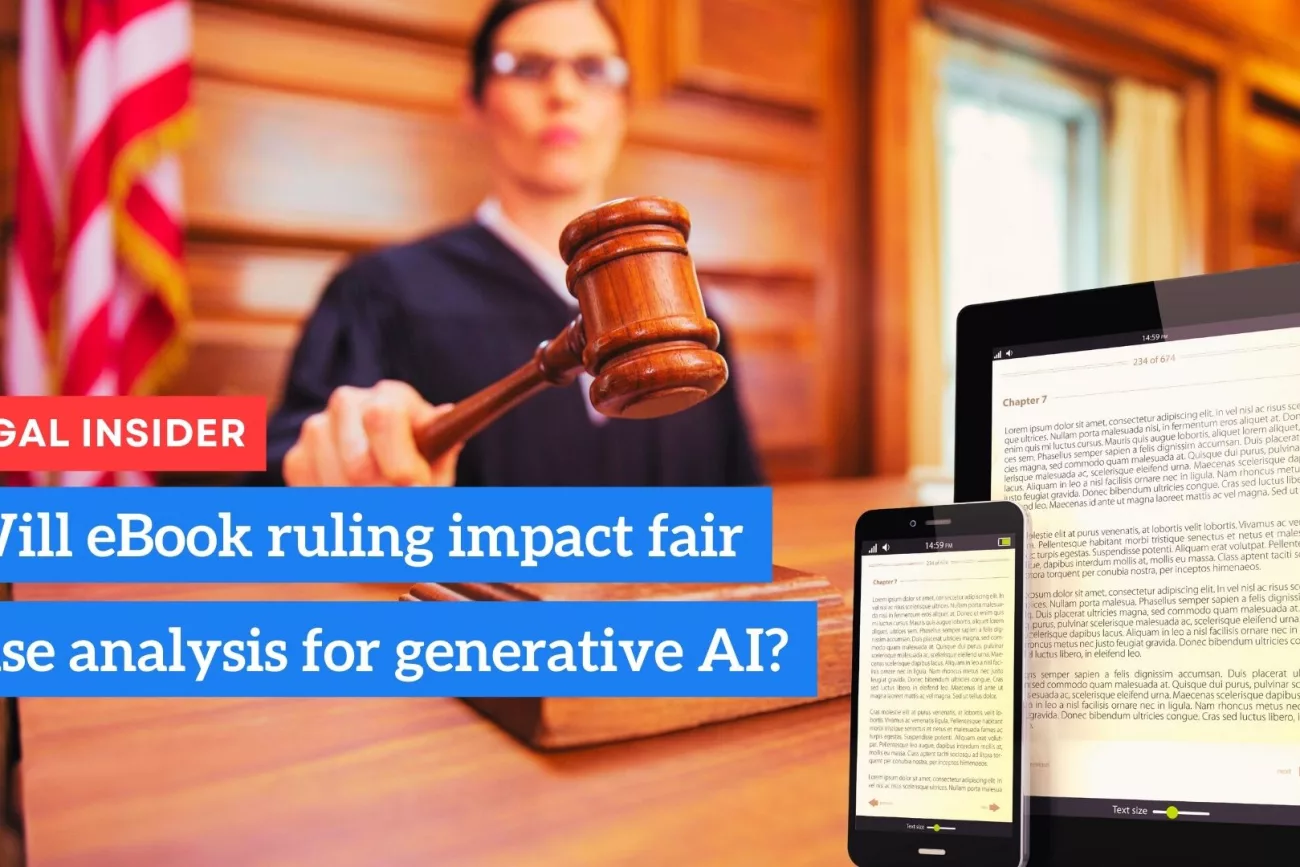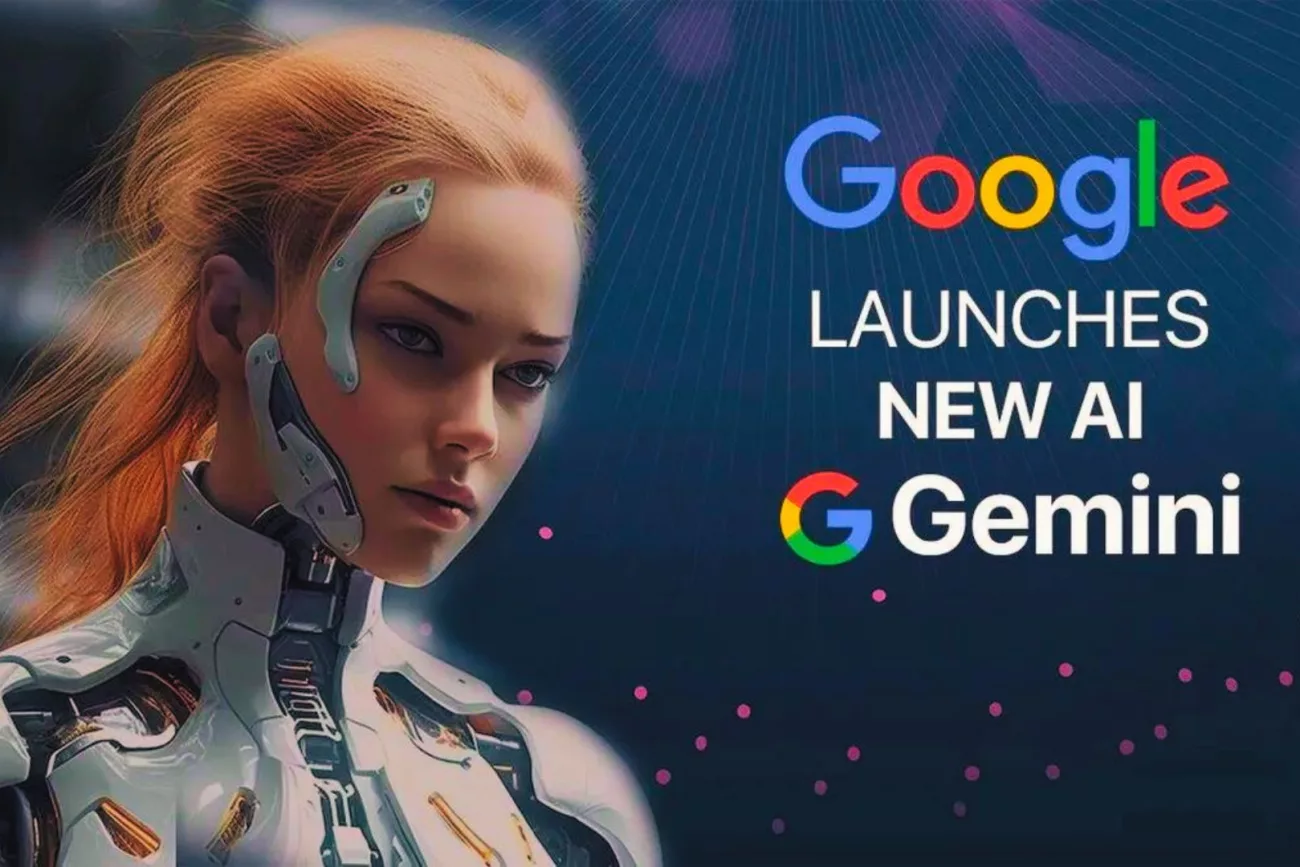
Key Points:
- AI, while transformative, is not error-proof and can’t predict unforeseen events.
- Understanding the differences between AI and ML, and between General AI and Narrow AI, is pivotal.
- Generative AI holds potential for both creative and malicious endeavors.
- NIST’s AI RMF provides a roadmap for ethical AI deployment, emphasizing trust, safety, privacy, and fairness.
🚀 AI Security Unleashed: The Truths Lawyers and Founders Weren’t Told! 🚀
So, you’ve heard of AI? Duh! It’s everywhere these days, like that viral dance challenge you can’t escape from. AI’s the popular kid in high school that everyone’s talking about. But it’s not all homecoming dances and prom nights for this tech wonder.
Some of you might be wooing it, dreaming of the day AI can simplify your work processes. Others are probably eyeing it suspiciously from the corner of the room, worried about the legal quagmires it might drag you into. Then there are those of you breaking out in cold sweats, imagining a world dominated by robots and thinking, “Should I have paid more attention in that coding class?”
Misconceptions, Myths, and Downright Lies! 🐉
With AI being so enigmatic and captivating, myths and misconceptions spread faster than the latest celebrity gossip. And, dear reader, as an ambitious lawyer or a gutsy startup founder, you can’t afford to be misinformed. So, buckle up and let’s debunk some myths!
1. AI is infallible
Nope! Just because it’s a sophisticated piece of technology doesn’t mean it’s error-proof. In fact, AI systems can, and have, been fooled before. Imagine defending a case where the evidence was “misinterpreted” by an AI. Nightmare, right?
2. AI understands context
Think again! AI may excel in pattern recognition, but nuances and human emotions? Not so much. This is particularly crucial for startup founders designing products. An AI can guide, but YOU understand your audience’s heart and soul.
3. AI can predict the future
Sorry, no crystal balls here. AI can analyze data and predict trends based on that data, but it can’t foresee unforeseen events. (Remember the toilet paper crisis of 2020? Yeah, AI didn’t see that coming.)
4. AI eliminates jobs
A classic! While AI does replace some tasks, it also creates new opportunities and roles. Embrace the change, and you might find yourself in a career you hadn’t even dreamt of!
Why This Matters for You 🎯
Knowledge isn’t just power; it’s your armor and sword in the battlefield of business and law. By understanding the reality of AI, you can strategically wield its power for your benefit while sidestepping its pitfalls.
Still intrigued? Stick around as we dive deeper. Together, we’ll navigate the fascinating world of AI, ensuring you stay ahead of the curve and out of that murky water.
Time to cut through that AI smokescreen. Are you ready?
AI: Debunking the Robot Uprising Myth 🤖
In the vibrant lights of Hollywood, AI-powered robots are often portrayed as menacing overlords, plotting their takeover. But the reality? Not as theatrical. While AI advancements can often seem intimidating, these algorithms are far from orchestrating a world domination plan. You might have seen autonomous cars getting quite some attention, but they’re still far from being our everyday ride.
🔍 Deep Dive into the Intricacies of AI:
AI vs. ML: What’s the Difference?
At the heart of the tech industry’s evolution, we find two interrelated but distinct concepts: Artificial Intelligence (AI) and Machine Learning (ML).
Artificial Intelligence (AI): It’s the broader vision of machines mimicking human-like thinking patterns. Imagine giving a machine the ability to “think” and react similarly to a human. It’s like trying to instill our cognitive processes into a piece of code.
Machine Learning (ML): A branch of AI, ML focuses on the idea that systems can automatically learn from data. It’s about feeding machines heaps of data, letting them crunch the numbers, and then having them adjust their actions based on patterns. They’re like super-powered calculators that get smarter with every equation!
Narrow AI vs. General AI: Knowing the Players
You might’ve heard both of these terms tossed around in tech talks. But what do they mean?
General AI: This is the stuff of cinematic legends. A multi-skilled AI that can perform any intellectual task a human being can. It’s the “know-it-all” robot, the AI that can theoretically outpace us in every arena. But here’s the kicker: it’s still largely theoretical and not a reality.
Narrow AI: This is where most of today’s real-world applications are. It’s AI designed for a singular task. Think of your voice assistants like Siri or Alexa. They’re brilliant at what they do, but you wouldn’t ask Alexa to drive your car, would you? Narrow AI enhances specific sectors of our lives without trying to “replace” the human touch.
In essence, while the AI realm is expanding, and its potential seems boundless, it’s crucial to separate facts from fiction. AI is not here to overthrow humanity; it’s here to augment our abilities, solve complex problems, and make our lives easier. As we journey further into the digital age, understanding these nuances becomes more pivotal than ever.
🌍 AI Wandering Wild: Three Pathways Explained 🌍
1. Generative AI: The Artistic Maestro of the Machine World
What’s the Buzz?
Generative AI is the star when it comes to creativity. These AI models can generate entirely new content, from artwork to music to text. Picture an endlessly inspired artist or a writer powered by a never-ending caffeine rush! ☕
However, Beware…
Despite their creativity, they sometimes “hallucinate.” This doesn’t mean they see dragons or unicorns. Rather, they might generate content that doesn’t make sense or is factually incorrect.
Real-World Implications:
In the wrong hands, Generative AI can be misused. Imagine cybercriminals employing these AI tools to craft flawless phishing emails that even experienced tech gurus might fall for. Truly, the stuff of digital nightmares!
2. Unsupervised Learning: The Independent Explorer
What is it?
Unsupervised Learning algorithms don’t rely on predefined labels. Instead, they explore vast data landscapes, unearthing patterns and relationships on their own.
Strengths:
This pathway shines when sifting through heaps of data. It can detect anomalies, making it a vital tool in identifying stealthy cyber-attacks or emerging trends.
Limitations:
However, when absolute precision is paramount—say, in medical diagnosis or flight control systems—unsupervised learning might not be the first choice due to its potential unpredictability.
3. Supervised Learning: The Disciplined Student
Basics:
Here, machines are like students learning with textbooks. They are trained using data that’s labeled, meaning each piece of data comes with a correct answer.
Real-World Use Cases:
A prime example would be cybersecurity applications, such as detecting phishing attempts or malware. The algorithm knows what to look for based on previous examples.
Caveats:
The downside? These models can become overly reliant on human-labeled data, requiring regular updates and supervision.
4. Reinforcement Learning (RL): The Adaptive Problem-Solver
A Glimpse:
Reinforcement Learning strikes a balance. The AI model learns by interacting with its environment, receiving feedback (rewards or punishments) for its actions. It’s like training a dog: good behavior gets a treat, bad behavior doesn’t.
Where it Shines:
RL is particularly effective in scenarios where decisions need to be made sequentially and the right choices aren’t always immediately evident, such as in game playing or robotics.
In the grand scheme, as AI traverses new frontiers, understanding these different pathways and their potential implications is crucial. They each have their strengths, weaknesses, and ideal applications, paving unique roads in the vast AI landscape.
🕵️♂️ Cybercriminals and the Generative AI Buzz 🕵️♂️
Introduction to the Cyber Landscape:
In the deep, shadowy corners of the cyber world, criminals are always on the prowl for the next big tool to amplify their nefarious activities. Generative AI, which includes prominent models like ChatGPT and Bard, has caught their attention.
Why Generative AI?
Generative AI, known for its ability to create convincing and coherent content, holds potential as a weapon for cybercrimes. Imagine AI-generated phishing emails that perfectly mimic the voice of trusted entities or synthetic voices that sound eerily similar to genuine ones.
What’s the Word in the Underworld?
Sources suggest that cyber miscreants have been discussing the possible utilities of these AI models. While industry experts and the hacker grapevine seem to agree that Generative AI isn’t yet prime-time ready for high-level cyber-espionage or scams, its potential hasn’t been dismissed. The consensus, for now, is that while Generative AI has its merits, it also has limitations that prevent it from being the ultimate tool for cybercriminals.
The Watchful Eye:
But as with any evolving technology, it’s essential to stay vigilant. As Generative AI continues to develop and refine its capabilities, its attractiveness to the criminal underworld may grow. Security researchers, tech developers, and law enforcement need to be several steps ahead, monitoring advances and potential misuse.
📜 Deciphering AI’s Legal Labyrinth: An Introduction to NIST’s AI RMF Bible 📜
Setting the Stage:
As Artificial Intelligence (AI) continues its forward march into virtually every sector, there’s a growing imperative to regulate and ensure its ethical deployment. It’s not merely about technological fluency; it’s about risk comprehension. Here’s where the National Institute of Standards and Technology (NIST) steps in with its AI Risk Management Framework (AI RMF), a guiding light for legal professionals, startups, and beyond.
1. Ensuring Validity and Reliability:
What it means: AIs should function consistently and deliver results that can be trusted.
Why it matters: Unpredictable AI outcomes could lead to wrong decisions, financial loss, or even harm. Remember, we want AIs that enhance decision-making, not confound it.
2. Safety First:
What it means: AIs should not inadvertently cause harm or disruptions.
Why it matters: Incidents, like the one involving Samsung’s mishap, highlight the crucial need for AI systems that prioritize human safety over any other function.
3. Fortifying Against Digital Malefactors:
What it means: AI systems need strong cyber protections.
Why it matters: In an age of increasing cyber threats, unsecured AI can be a treasure trove for cybercriminals. It’s like leaving your digital front door wide open!
4. The Clarity Principle – Transparency and Accountability:
What it means: AI operations shouldn’t be a mysterious black box. Stakeholders should understand how decisions are made.
Why it matters: Trust is foundational. When people understand how AIs make decisions, they are more likely to trust and adopt the technology. Moreover, accountability ensures that entities using AI can be held responsible for its actions.
5. Prioritizing Privacy:
What it means: AIs should respect user data and maintain confidentiality.
Why it matters: Privacy breaches erode trust and can have serious legal and reputational ramifications. In a digital age, privacy isn’t a luxury; it’s a right.
6. The Quest for Fairness:
What it means: AI systems should be designed to minimize biases and should not perpetuate harmful stereotypes.
Why it matters: Bias in AI can lead to unjust outcomes and discrimination. AI should be a tool for equal opportunity, not a perpetuator of existing inequalities.
🔥 Sparking In-depth Dialogues: Probing Questions for AI Vendors 🔥
1. The Core Objective:
Question: What is the main purpose behind integrating AI into this product or service?
Deep Dive: Is this AI integration grounded in genuine problem-solving, or is it merely a marketing strategy? Being clear on why you’re adopting AI is pivotal. It’s not about jumping on a bandwagon but about driving tangible value.
2. The Backbone – Training Data:
Question: How is the AI model trained? Is the data clean and free from biases?
Deep Dive: Biased or polluted data can skew AI decisions, leading to unfair or inaccurate outcomes. A robust AI system relies heavily on the quality of its foundational data.
3. Fortress Mentality – Resilience:
Question: How secure is your AI system? Are there measures to thwart cyber threats?
Deep Dive: As cyber-attacks become increasingly sophisticated, AI systems without adequate security can be vulnerable entry points for malicious actors.
4. Unearthing the True ROI:
Question: What’s the realistic Return on Investment (ROI) for this AI solution? Is there tangible evidence?
Deep Dive: Hype can often overshadow reality. It’s essential to understand the true value AI brings and whether it’s worth the investment in the long run.
5. Beyond the Glitz – Problem Solver:
Question: How does this AI solution address specific challenges? Is it all style and no substance?
Deep Dive: An effective AI solution should be more than just a shiny toy. It should have a clear functionality that aligns with, and ideally resolves, your identified challenges.
🌟 Wrapping it Up:
While AI promises transformative potential, it’s not an instant panacea for all challenges. With a discerning mindset and the right set of questions, one can ensure that they’re adopting AI that truly amplifies their goals and doesn’t merely serve as a glittering distraction.
📣 A Parting Thought: The journey with AI is intricate and ever-evolving. Stay informed, curious, and always ready to learn. Dive into the fascinating world of AI with our insights and updates.
💌 Sign up for our enlightening newsletter and be part of this revolutionary journey! 💌
Share this post
Frequently Asked Questions (FAQs)
Q: Is AI infallible?
A: No, AI, despite being advanced, can make mistakes and be deceived.
Q: Does AI understand human emotions and context?
A: Not quite. While AI is good at pattern recognition, it doesn’t fully grasp nuances or emotions like humans do.
Q: Can AI predict unforeseen future events?
A: No, AI can analyze data to predict trends, but it can’t predict unpredictable occurrences.
Q: Will AI take away all jobs?
A: No, while AI will replace certain tasks, it will also create new roles and opportunities.
Q: Are AI and ML the same?
A: No, Machine Learning (ML) is a subset of AI. AI is the broader concept of machines mimicking human thought, while ML focuses on systems learning from data.














